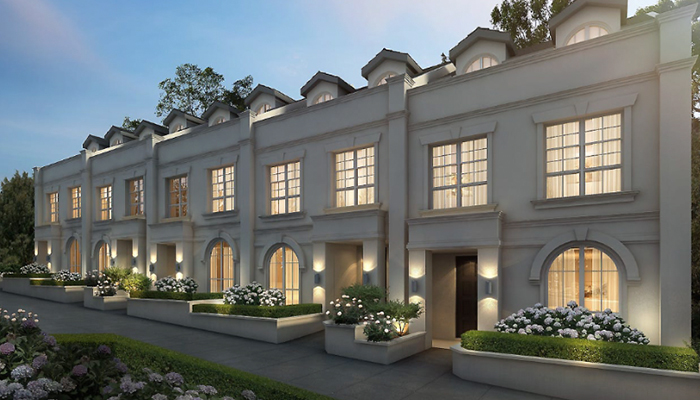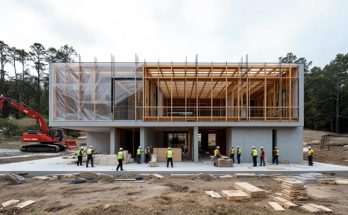Sydney is a city that thrives on a rich blend of history and innovation, where skyscrapers stand alongside heritage buildings, and public spaces evolve in tandem with urban expansion. In this ever-changing cityscape, the work of commercial architects in Sydney plays a central role. These professionals breathe life into buildings that define the character of the city, from office towers and shopping centres to hotels and mixed-use developments.
By translating ideas into tangible spaces, architects don’t just build structures; they create environments that people interact with daily. With every project, they shape the way communities live, work, and connect. Their ability to balance function, style, and sustainability makes them key contributors to Sydney’s growth story.
Functionality Meets Aesthetic Appeal
A well-designed commercial building is more than just a place to conduct business. It is a visual statement, a space that influences mood, productivity, and interaction. Commercial architects in Sydney understand this balance well. They design with both the end-user and the larger community in mind.
Whether it’s a retail outlet on a busy street or a corporate headquarters in the central business district, every design decision—be it the placement of windows for natural light, the use of sustainable materials, or the integration of open-plan spaces—serves a purpose. The result is a harmonious blend of practicality and beauty, where people feel both inspired and comfortable.
Embracing Local Culture and Environment
Sydney’s diverse culture and natural surroundings offer a unique canvas for architectural expression. Local architects draw inspiration from the city’s coastal environment, rich Indigenous heritage, and multicultural energy. This influences not just the visual elements but also the materials and construction methods used.
By incorporating locally sourced materials and designs that reflect the Australian lifestyle, commercial architects enhance the authenticity of their projects. Buildings are not only tailored to their immediate surroundings but also feel deeply connected to the broader cultural fabric of Sydney. These thoughtful approaches help ensure that each new structure complements rather than clashes with the existing environment.
Sustainability at the Core of Modern Design
The world is moving towards greener, more sustainable living, and Sydney is no exception. Commercial architects in Sydney have embraced this shift wholeheartedly. Their designs increasingly focus on reducing environmental impact through energy-efficient systems, smart water usage, and environmentally friendly building practices.
Green roofs, solar panels, and eco-conscious materials are no longer optional but essential parts of contemporary design. These efforts contribute to healthier indoor environments and reduced long-term operating costs for businesses. Importantly, they also show that commercial success and environmental responsibility can go hand in hand.
Adapting to Changing Needs
The way we work, shop, and interact is constantly evolving. With remote work, digital retail, and flexible office spaces on the rise, architects must adapt their designs to meet new demands. Sydney’s commercial architects are at the forefront of this transformation, creating adaptable spaces that can evolve alongside the people who use them.
Modular layouts, multipurpose areas, and smart technology integration allow buildings to remain functional and relevant over time. These future-focused solutions ensure that commercial properties retain their value and usability well into the future, even as societal needs change.
Driving Economic and Social Value
The benefits of strong commercial architecture go beyond good looks. Well-planned commercial spaces stimulate economic activity, attract foot traffic, and increase property values. They can also enhance social wellbeing by offering welcoming public areas and encouraging community engagement.
From small-scale commercial renovations to large-scale urban developments, commercial architects in Sydney influence both the economic health and cultural vibrancy of the city. They help businesses create meaningful first impressions and allow the public to enjoy spaces that are open, accessible, and thoughtfully designed.
Conclusion
As Sydney continues to expand and modernise, the importance of thoughtful commercial architecture grows stronger. Through creativity, cultural understanding, and a deep respect for the environment, commercial architects in Sydney continue to shape spaces that reflect the evolving identity of the city.
Their work not only defines skylines but also creates lasting experiences for people who live, work, and visit. With a firm eye on both present needs and future possibilities, these architects remain vital to the development of a sustainable, inclusive, and visually compelling urban landscape.




